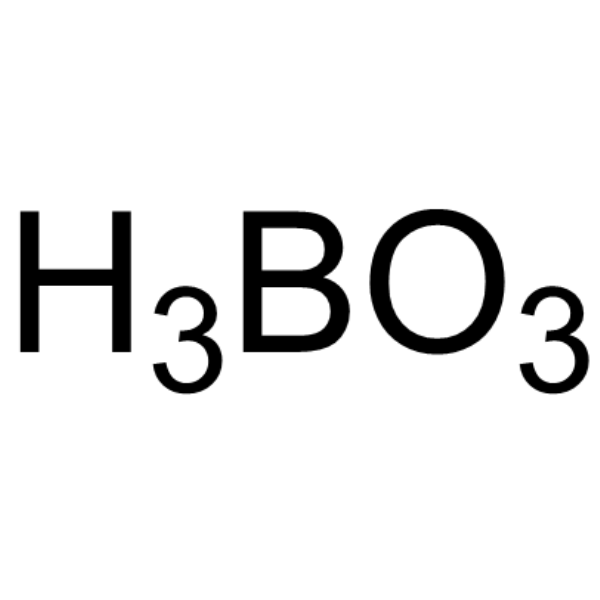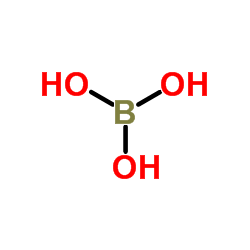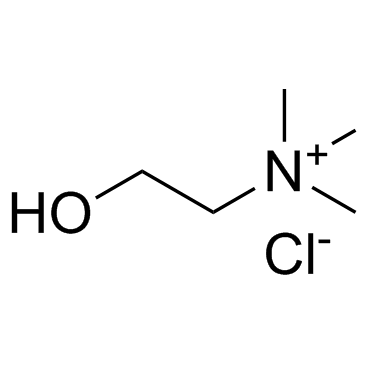| Structure | Name/CAS No. | Articles |
|---|---|---|
 |
sodium chloride
CAS:7647-14-5 |
|
 |
HYDROFLUORIC ACID
CAS:7664-39-3 |
|
 |
Hydrochloric acid
CAS:7647-01-0 |
|
 |
L-Nicotine
CAS:54-11-5 |
|
 |
Orthoboric acid
CAS:10043-35-3 |
|
 |
Strychnidin-10-one hydrochloride (1:1)
CAS:1421-86-9 |
|
 |
SODIUM CHLORIDE-35 CL
CAS:20510-55-8 |
|
 |
Boric acid-11B
CAS:13813-78-0 |
|
 |
(±)-nicotine
CAS:22083-74-5 |
|
 |
Choline chloride
CAS:67-48-1 |